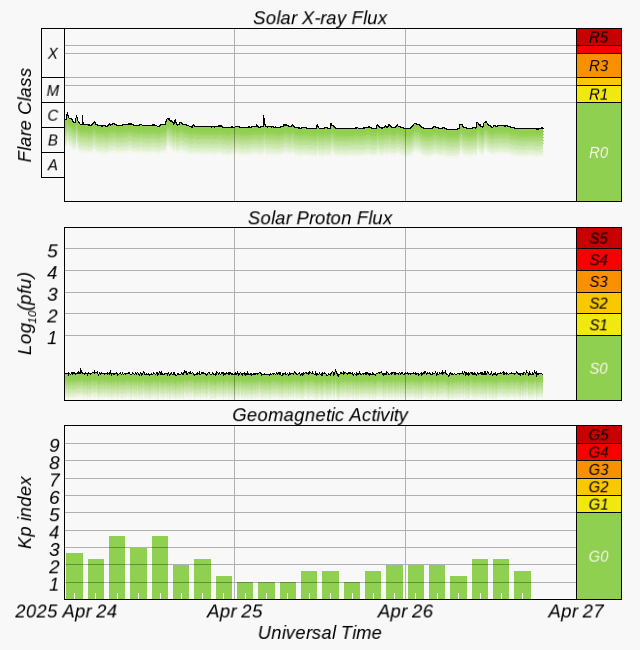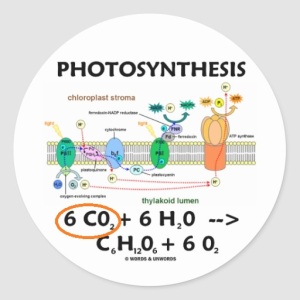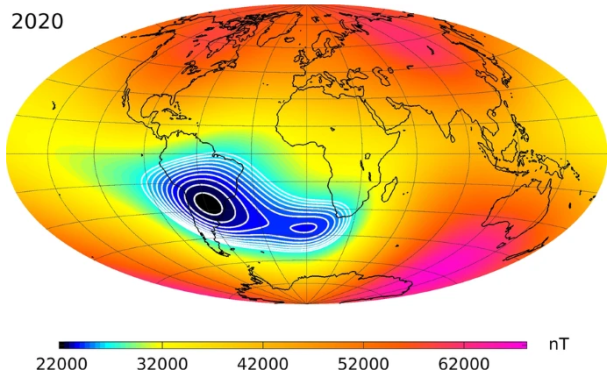
Having been told by the UN-IPCC that nature’s own carbon cycle isn’t up to the job any more, the manufactured problem for climate-obsessed governments seems to be the lack of any ‘carbon removal’ method that is (a) affordable and (b) effective, in terms of the scale of the supposed need. Such is the strange world of climate policy today.
– – –
New research involving the University of East Anglia (UEA) suggests that countries’ current plans to remove CO2 from the atmosphere will not be enough to comply with the 1.5ºC warming limit set out under the Paris Agreement, says Phys.org.
Since 2010, the United Nations environmental organization UNEP has taken an annual measurement of the emissions gap—the difference between countries’ climate protection pledges and what is necessary to limit global heating to 1.5ºC, or at least below 2ºC [Talkshop comment – according to unproven IPCC climate theories].
The UNEP Emissions Gap Reports are clear: climate policy needs more ambition. This new study now explicitly applies this analytical concept to carbon dioxide removal (CDR)—the removal of the most important greenhouse gas, CO2, from the atmosphere.






















